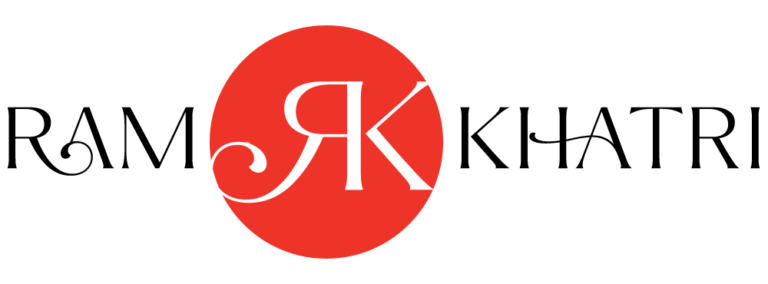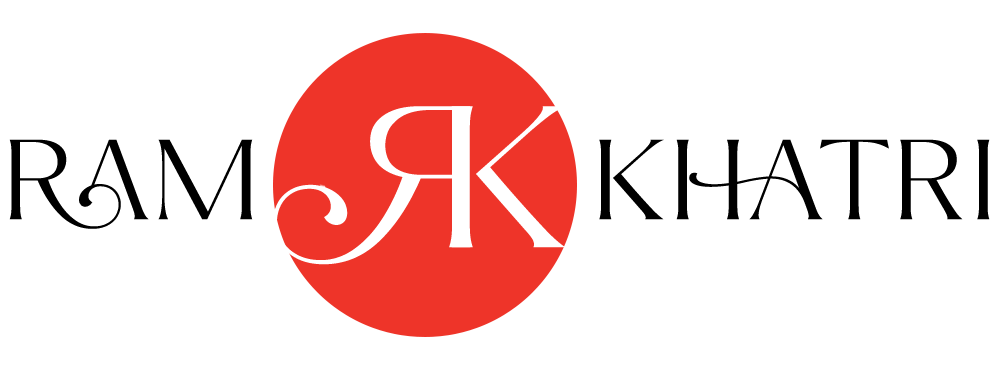What inspired your current project? How did you go about making it a reality?
Two things inspired me to work on the Kickstarter campaign for my graphic novel project, JUSTICE. First, my graduate classes spoke about diversity and inclusion within the book publishing industry. I believe my graphic novel strongly falls under this category. Its story, characters and setting are all based in Nepal and its civil war. Second, Kickstarter is an amazing platform where authors and project creators can create a buzz about their upcoming book while it is still in the early stages of the publishing process.
To prepare for this project, I took several months to conduct research and creating story content, hiring, and working with script writer, editors, illustrator, and graphic designer.
Once the book is near completion, the crowdfunding starts through Kickstarter and the backers who know you and want to support your campaign. To accomplish this, I began to rebuild connections through various social media outreach.
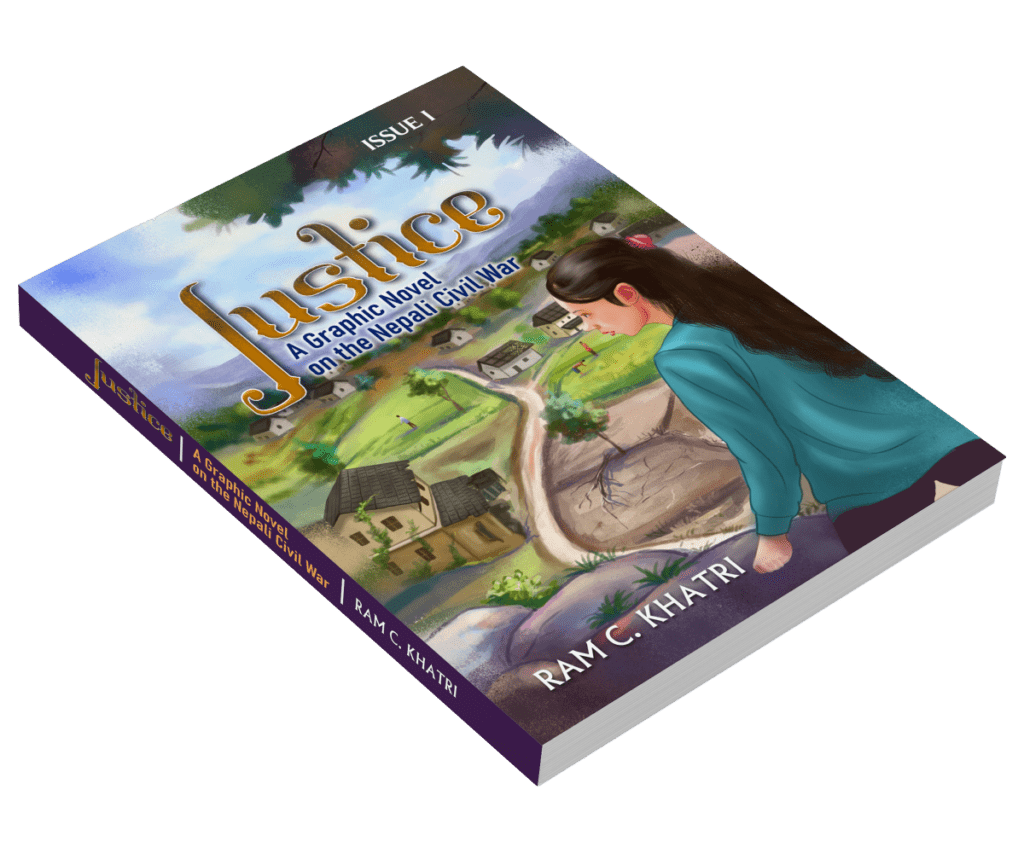
What has it been like working as an author with your experience in the publishing industry?
I believe my experience in the publishing industry has given me a new perspective on storytelling and content. While content will always be king, unique, diverse, and powerful stories always add value to the book business. My publishing knowledge and experience worked as a motivating factor in the content creation and collaborative process for this graphic novel. Every collaborative process has been a learning opportunity for me in some way. As an author, I know the processes of content creation and editorial. As a publishing professional, I collaborate with other professionals like an artist, letterer, developmental editor, and graphic designer to shape the vision for the graphic novel. The whole process is very hands on and teamwork operation to get the story out there for people to read once completed.
How did the classes you took during your time in the program prepare you to work in the industry?
Initially, I did not know a course like ‘publishing’ existed in the world. I already had an M.A. in English Literature and a few books published by a Nepali publisher which include Franz Kafka’s The Metamorphosis translated in Nepali. From this experience, I wanted to learn more about the publishing process before joining the program at Pace University. Here in the US, the publishing program helped me to look at mainstream publishing more closely. The program taught me technical, practical, and theoretical aspects of publishing in the mainstream book market. What I liked the best about this program was that all faculty members were industry experts. Learning from them was a strong motivating factor that gave me a level of confidence to work in this field.
What were some of the highlights during your graduate experience?
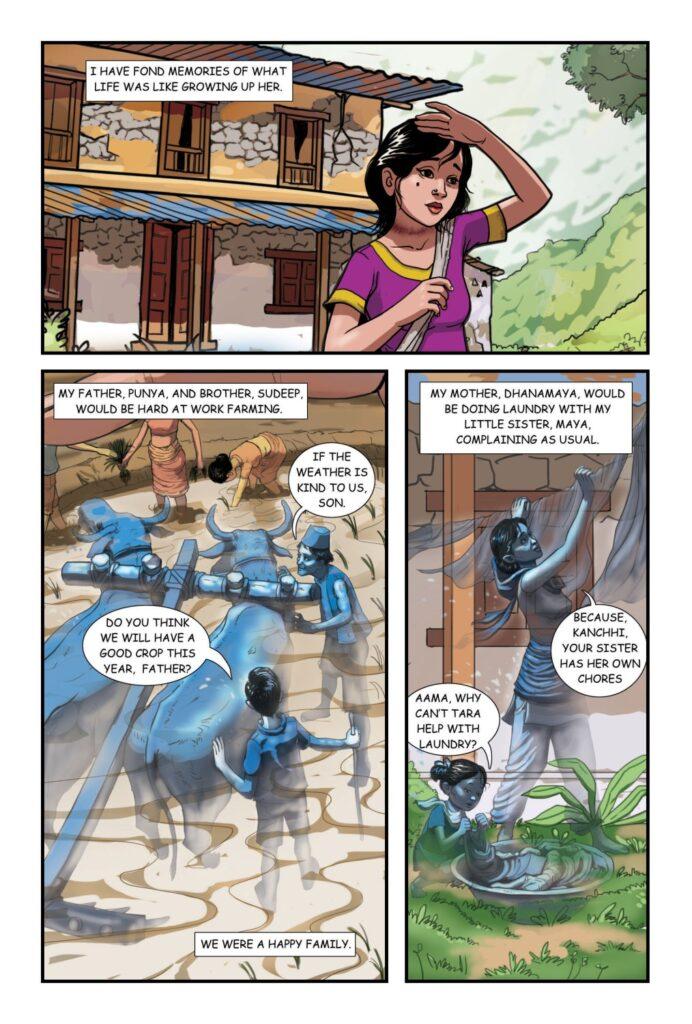
Great question! Besides getting firsthand knowledge from the professors, meeting and interacting with guest lecturers was a great plus. They were well-known literary agents, bestselling authors, and seasoned publishing gurus from BIG 5 and other publishing houses. Besides the industry professionals, classes from all areas of publishing such as finance, transmedia, children’s literature, marketing and desktop publishing gave me a broader picture to what the publishing industry was all about beyond editorial and agenting. I was amazed by the wealth of industry experience from my professors. Another great plus during my graduate experience was the location. New York, that is also known as the publishing capital, has many networking opportunities of publishing events and seminars that were just a train ride away.
Did you have an internship? If so, what was it and how did it prepare you for your current position?
Yes. I did three internships in New York. Two in literary agencies and one in a book publishing service company. The first literary agency internship was fruitful because I was given many opportunities that include directly communicating with authors and in-house acquisitions editors from large and small publishers. The second internship focused on editorial work and allowed me the opportunity to read manuscripts and prepare readers reports. It was the third internship where I learned more about major book distribution channels and their models. What I learned from all three internships was that people work with passion to discover great stories and emerging authors for the next reader.
What advice do you have for current students in the program?
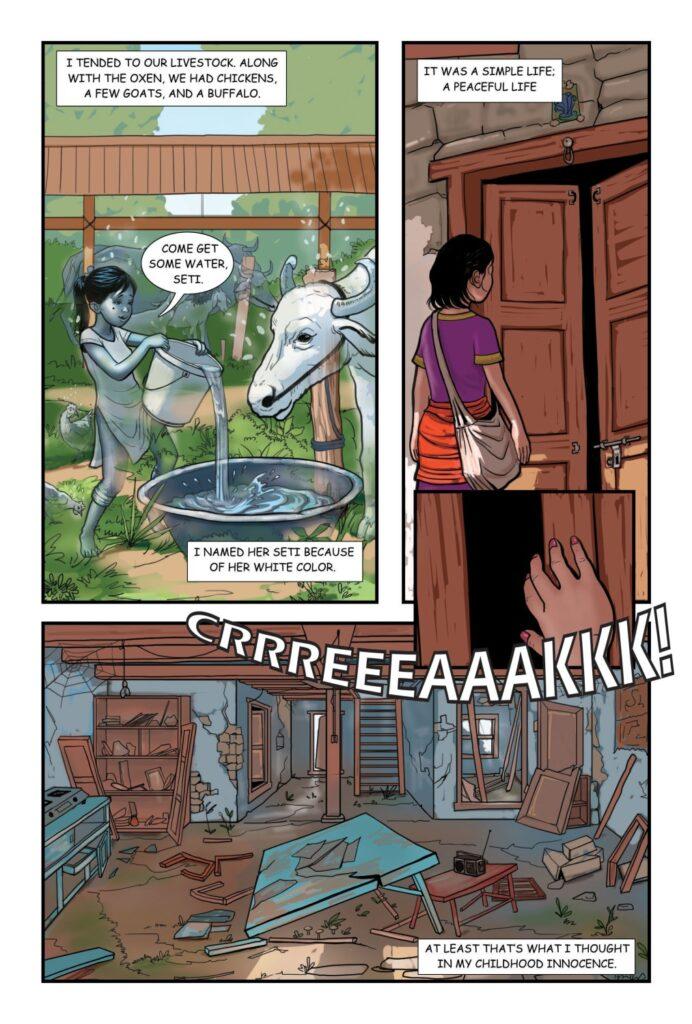
Love what you do and always keep yourself updated with it. Don’t hesitate to reach out to several people. Take for example that you’re looking for a job in publishing and you were rejected. This doesn’t mean you were disqualified. It just means that the opportunity was not a good fit. You may have to do some exploration, so embrace it.
Did you have any experiences as an international student in the program that you’d like to share?
Sure. English is my second language and I wanted to share couple of fun things here. In my first semester, when professors and my American classmates talked with hand gestures and whispers in informal settings, it was quite hard for me to figure out what they were talking about. I laughed only afterwards to show that I understood what was being said. This happened quite a few times. Once, I tried to tell a funny joke, but nobody laughed. Was it me? Was it them? I could not figure it out because of the different cultural contexts.
Where do you hope to be in five to ten years?
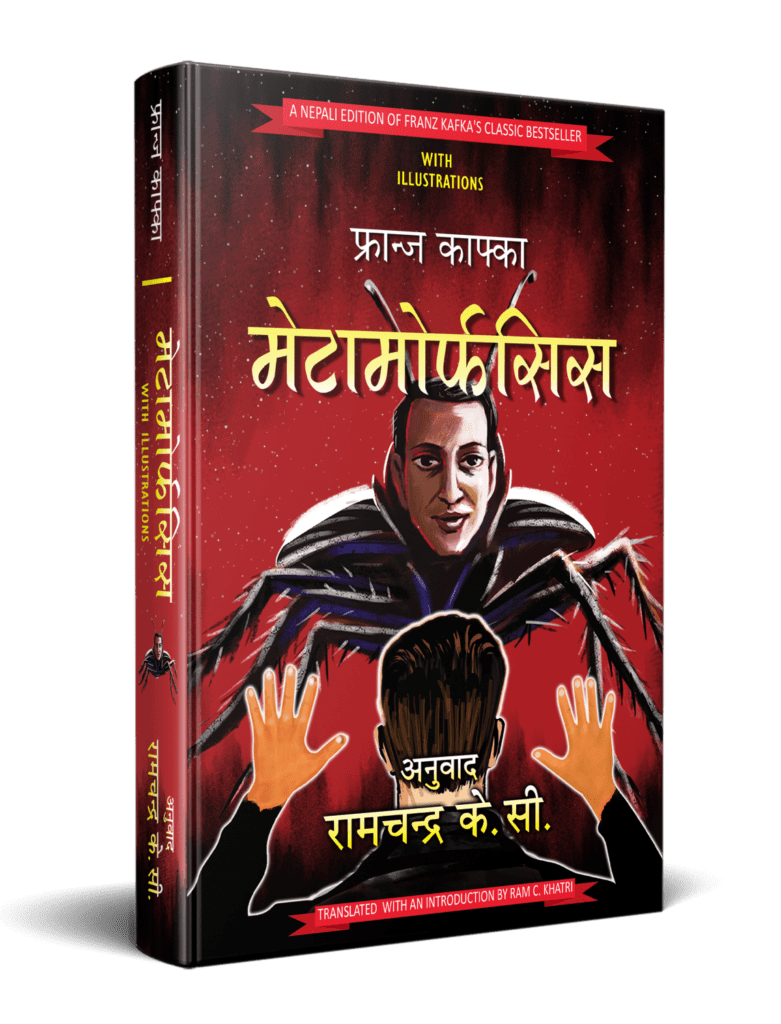
Like many students seeking a career in publishing, I had wanted to be an editor when I joined the publishing program. It must had been in my second meeting with Professor Sherman Raskin who showed me other options like marketing and publicity. I understand now why he advised me to do so. Presently, I have seen my career goal as a project manager or publishing coordinator, with the goal of discovering new talent for the next generation. While this role is not completely defined just yet, I am not sure where I will be five years from now. The one thing I am sure about is that I will work on whatever helps to diversify the publishing industry.
What are your favorite aspects of the publishing industry?
Teamwork. A systematic collaboration and a high level of professionalism. Everybody is passionate in whatever they do in publishing.
What are you reading right now? Either for work or for pleasure.
During my English Literature class, I read some representative classic works like The Great Gatsby, Ulysses, Frankenstein, The Old Man and Sea, Beloved, and The Metamorphosis. That was over a decade ago. Before I started working on my graphic novel, I read whatever was in the news and mostly bestsellers. I also paid homage to my Nepali culture by reading some well-known authors as well as international authors. There are some great books out there that are waiting to be discovered. For the past several months now, I have been reading the graphic novels and children’s picture books that motivates me in my work. Currently, I’m reading the graphic adaptation of Khaled Hosseini’s The Kite Runner.
Anything else you’d like to add?
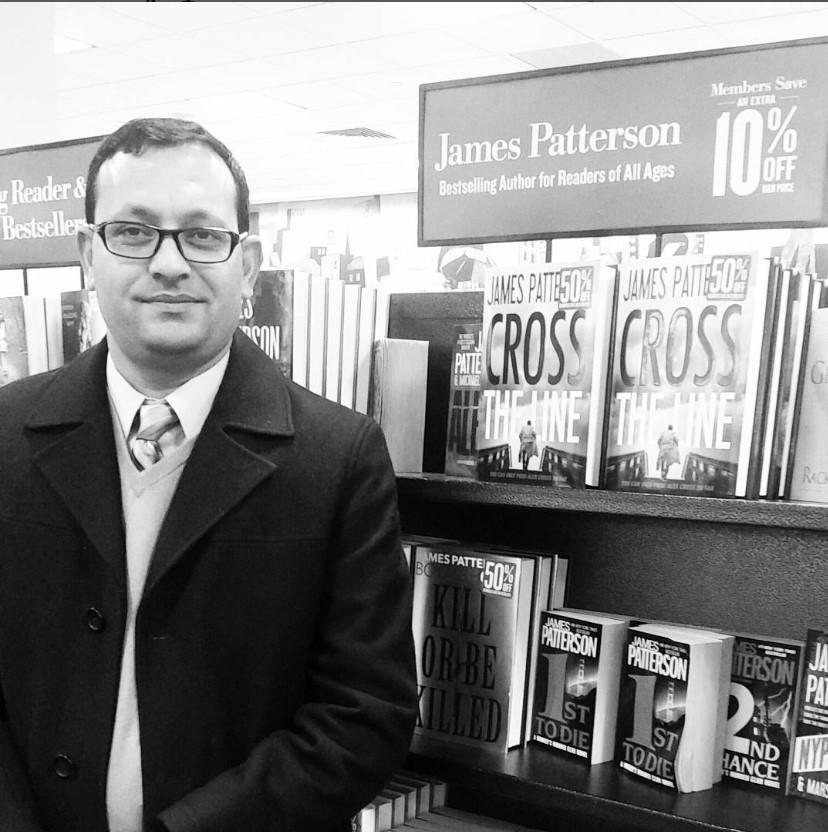
I would like to tell two things here. Check out my graphic novel Justice: A Tale of the Nepali Civil War, which is diverse and unique from several other graphic novels in the market. This book is the first in the series. I have also been writing about my experience in the United States since I first arrived a decade ago. My planned memoir is focused on career and struggling when you need start at the bottom and work your way up. My goal right now is to write a new chapter every three months. With not knowing where to stop, I continue to write about my experiences one right after another.
